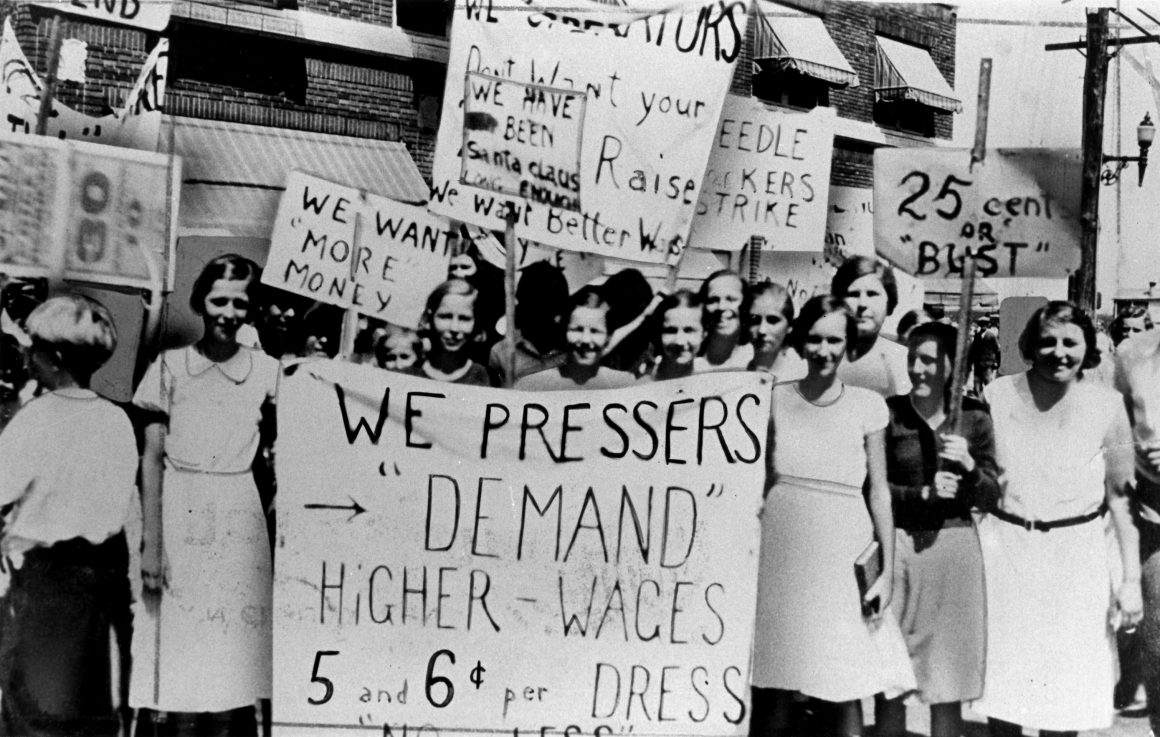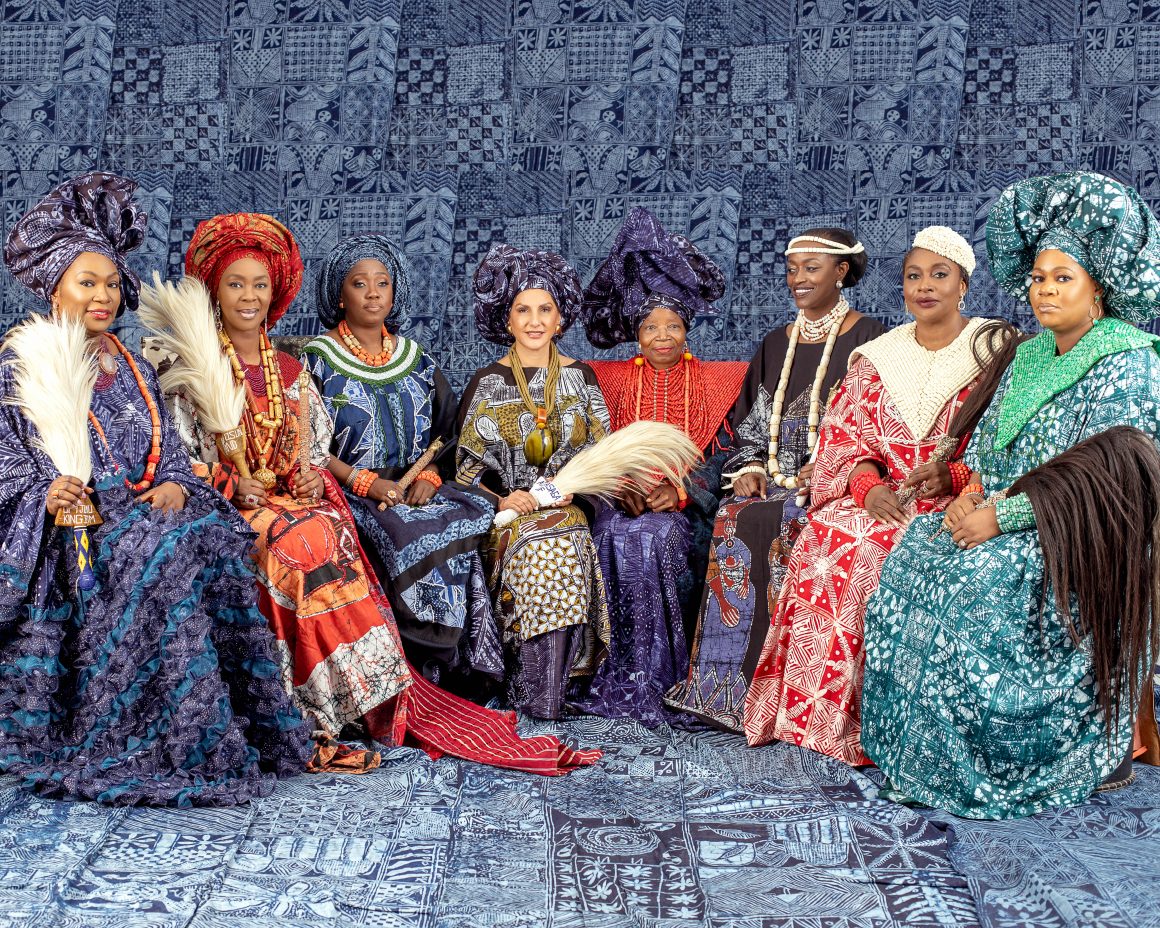The fight for women’s involvement in politics and the workforce, from the right to vote to the right to equal pay, is commemorated on International Women’s Day. It is celebrated each year on the 8th of March, but you will be shocked to know that some women don’t even know there is a day such as this, and some don’t even have a clue how it came to be. If you fall into any of these categories and want to know more about the day, here are five major things to learn about the day the world is reminded of the patriarchy’s lasting influence.
Are you familiar with International Women’s Day? It’s not just any ordinary day; it’s a powerful reminder of the ongoing struggle for women’s rights. Held annually on March 8th, this day commemorates the relentless fight for women’s involvement in politics and the workforce. From securing the right to vote to demanding equal pay, it’s a day filled with significance. But did you know that some women aren’t even aware of its existence? It’s shocking, right? If you’re curious to learn more about this pivotal day and its origins, here are five key things you should know.
Who Started It

The Americans! In 1909, a strong socialist party existed in the United States, and they celebrated International Women’s Day to honour a women’s strike at a garment factory the year before.
Leading German Communist Clara Zetkin promoted the concept throughout Europe in 1910 at the International Conference of Socialist Women.
In 1914, women protested for the right to vote in Berlin, marking the inaugural March 8 celebration.
Who to Thank
March 8th was formally declared International Women’s Day in 1977 by the United Nations and other international groups.
What Happens on IWD

In most parts of the world, including Nigeria, it’s just another working day where many people struggle to break through the glass ceiling. Sometimes, women will meet up for lectures and dialogue on the year’s theme and then go back to work. So, that pretty much wraps up the day. Unless you reside in one of the following countries: Russia, Uganda, Mongolia, Georgia, Laos, Cambodia, Armenia, Belarus, or Ukraine, where March 8 is a public holiday, in China, many women are given a half-day off work.
The Symbol and Colours of International Women’s Day

The feminine gender sign represents International Women’s Day. The colours used are purple, white, and green.
White stands for purity, green for hope, and purple for justice and dignity. The Women’s Social and Political Union (WSPU) in the UK is where the colours first appeared in 1908.
There is a Theme Each Year

Every International Women’s Day since 1996 has had an official theme for women worldwide. “Celebrating the Past, Planning for the Future” was the very first theme that the UN adopted in 1996.
The IWD 2024 campaign theme is Inspire Inclusion. We forge a better world when we inspire others to understand and value women’s inclusion. And when women themselves are inspired to be included, there’s a sense of belonging, relevance and empowerment.
The #InspireInclusion campaign aims to forge a more inclusive world for women.













